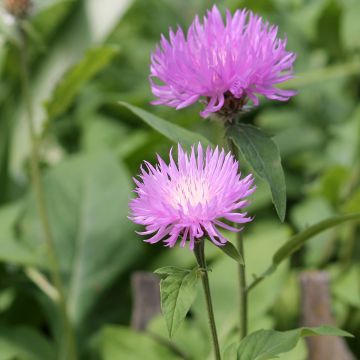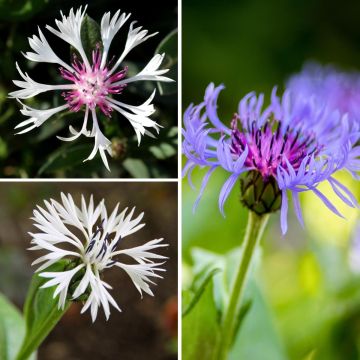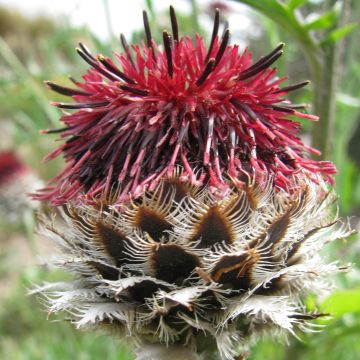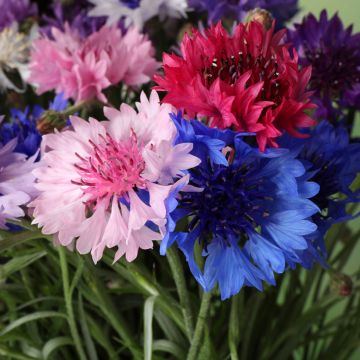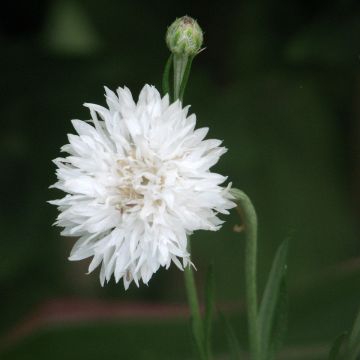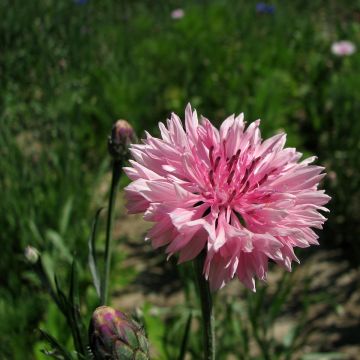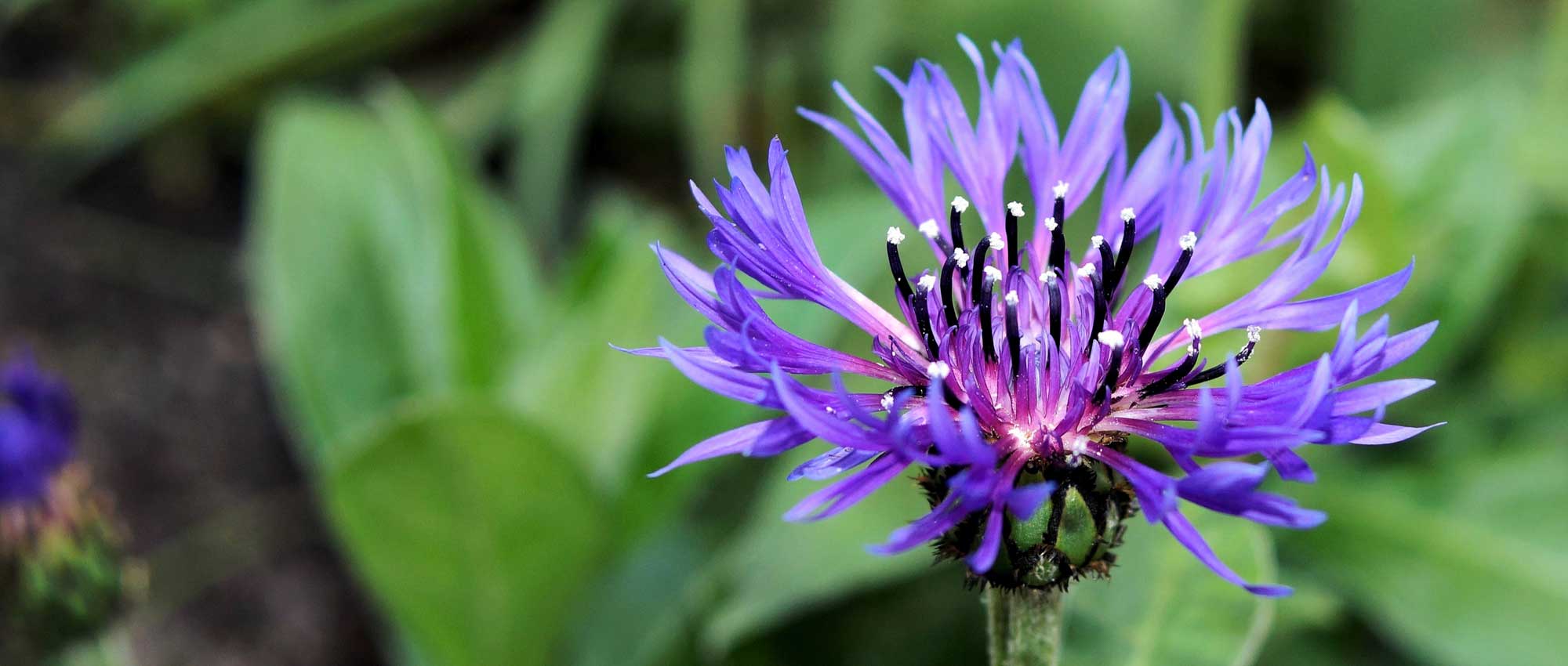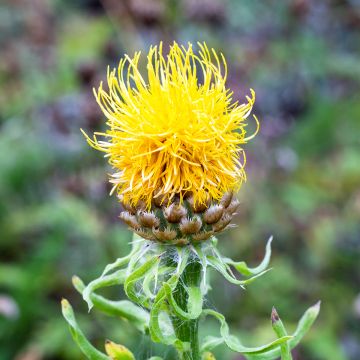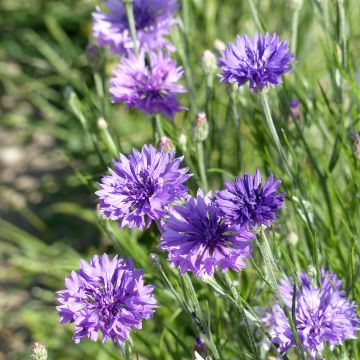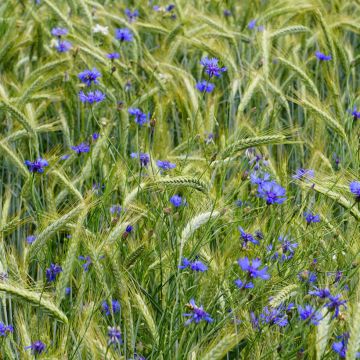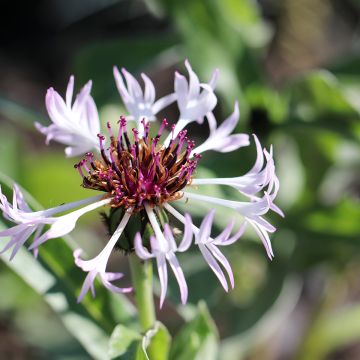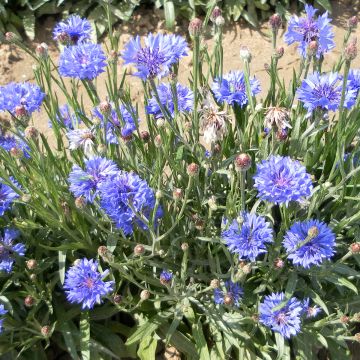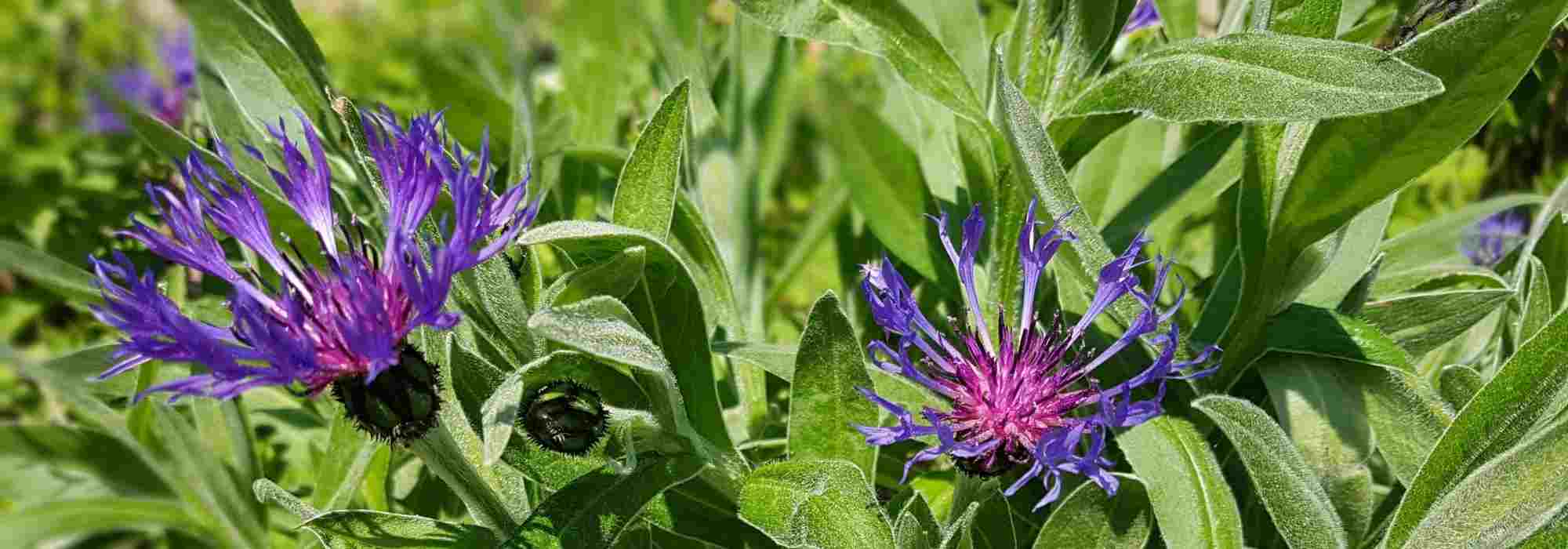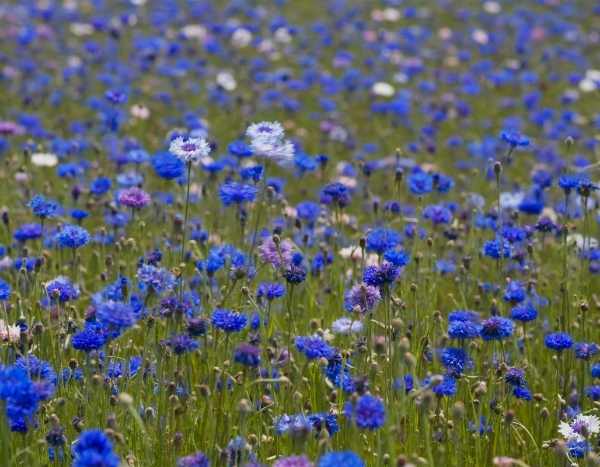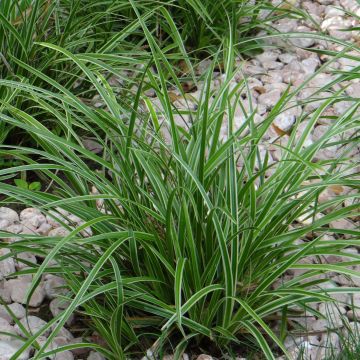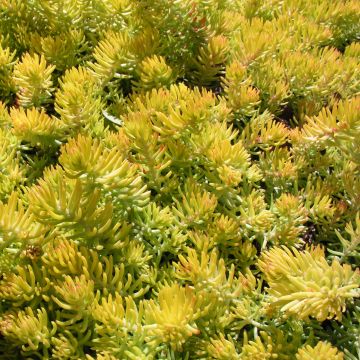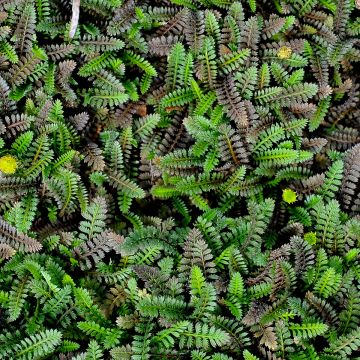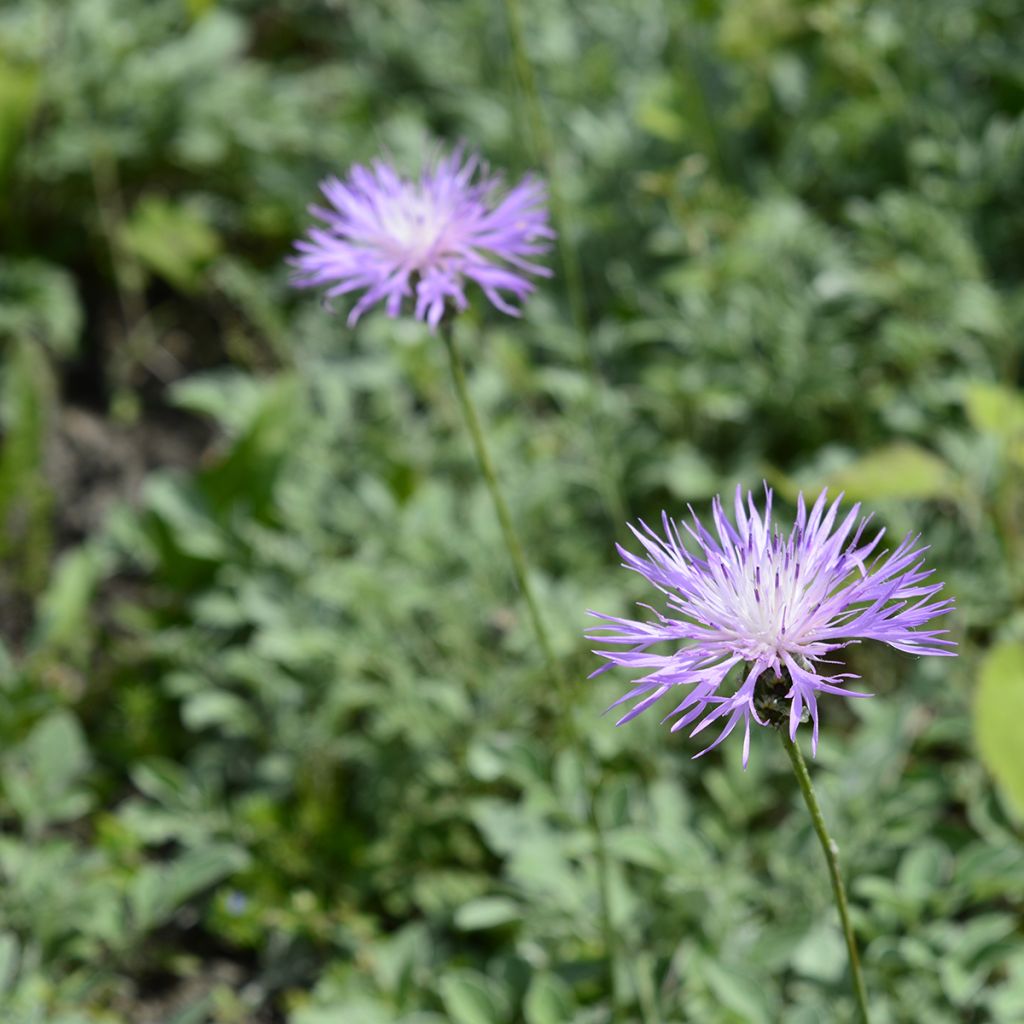

Centaurea bella
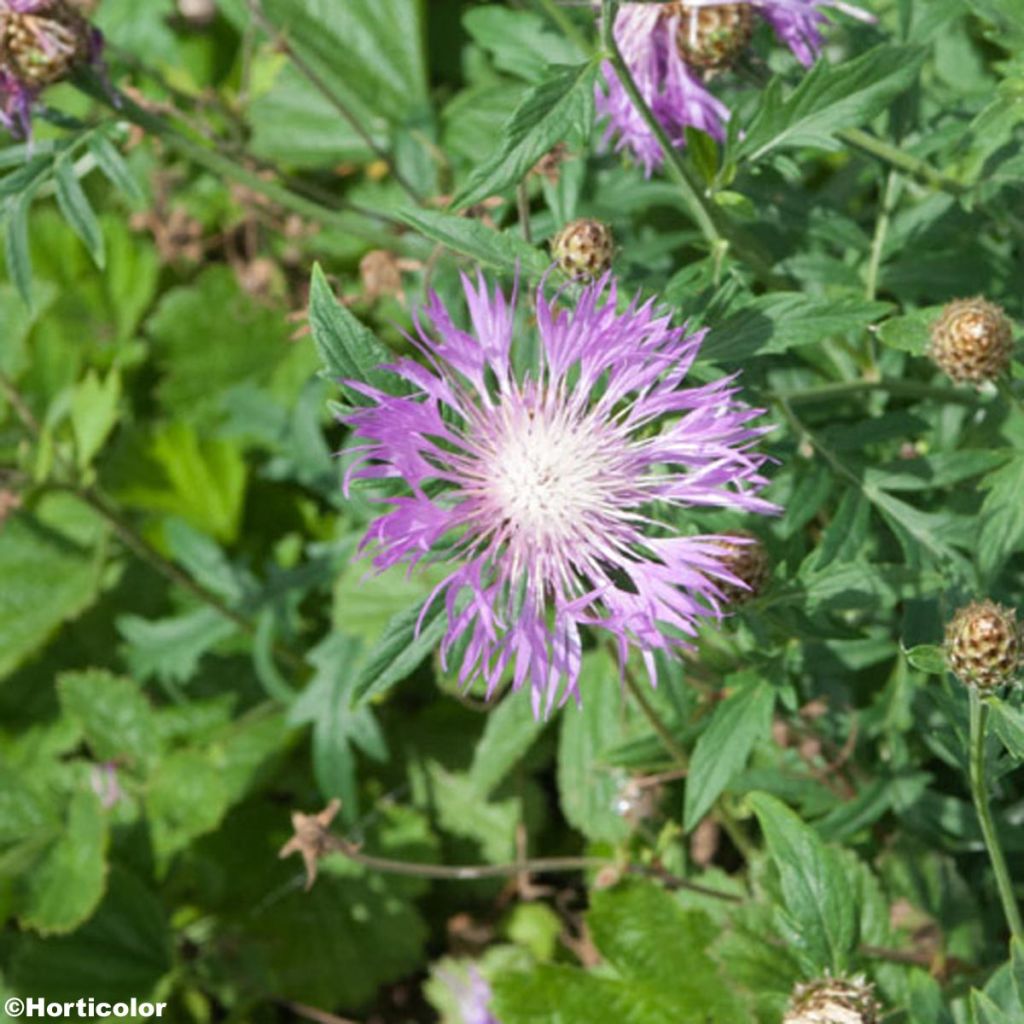

Centaurea bella
Centaurea bella
Centaurea bella
Knapweed
Planting last year, first flowering this year.
Francoise, 23/04/2023
Special offer!
Receive a €20 voucher for any order over €90 (excluding delivery costs, credit notes, and plastic-free options)!
1- Add your favorite plants to your cart.
2- Once you have reached €90, confirm your order (you can even choose the delivery date!).
3- As soon as your order is shipped, you will receive an email containing your voucher code, valid for 3 months (90 days).
Your voucher is unique and can only be used once, for any order with a minimum value of €20, excluding delivery costs.
Can be combined with other current offers, non-divisible and non-refundable.
Why not try an alternative variety in stock?
View all →This plant carries a 12 months recovery warranty
More information
We guarantee the quality of our plants for a full growing cycle, and will replace at our expense any plant that fails to recover under normal climatic and planting conditions.
Would this plant suit my garden?
Set up your Plantfit profile →
Description
Centaurea bella, also known as Elegant Centaury, is a small perennial that thrives in dry soil, forming a beautiful dense cushion. Its creeping stems root themselves upon contact with the ground, allowing the plant to gradually become a persistent evergreen ground cover. Its velvety and grey-green foliage is adorned with a lovely spring flowering head of light pink-lilac pompoms held by upright stems in spring. Particularly undemanding, simple and low-maintenance, it will find its place in a dry garden bed, a garden without a gardener, or even in a rockery.
Centaurea bella is an herbaceous perennial, woody at the base. It belongs to the Asteraceae family, just like cornflowers and sunflowers. It is native to the Caucasus. The plant forms a dense carpet-like clump, with a habit reaching 12 to 15cm (5 to 6in) in height for the foliage, 25 to 30cm (10 to 12in) when flowering, and about 30cm (12in) wide. Its prostrate stems bear numerous dentate, rounded, serrated leaves covered in a downy layer. They are green-grey on the upper side and grey on the underside. Flowering occurs as early as April in warm climates, and in May-June in cooler regions. If the summer is not too dry, flowering continues in July-August. Stiff stems emerge from the foliage, bearing flower heads at their tips that resemble small fluffy pink-purple pompoms with a creamy centre. The roots of this perennial secrete a substance that prevents adventive plants from germinating.
Elegant Centaury is a hardy plant that is easy to grow in well-drained, even poor and rocky soil. It thrives in scree slopes, light soil beds, and well-exposed areas, alongside bushy salvias and gauras. It also works well with other plants with grey foliage such as Tanacetum densum, Thymus ciliatus, or Achillea umbellata. This plant particularly complements large-flowered perennials like German irises. At the base of shrubby peonies, it will form an elegant ground cover from which the flowering shrub and insects will emerge. Ideal for dry gardens, rockeries, or sunny slopes where it will perfectly fulfil its role as a ground cover.
Centaurea bella in pictures


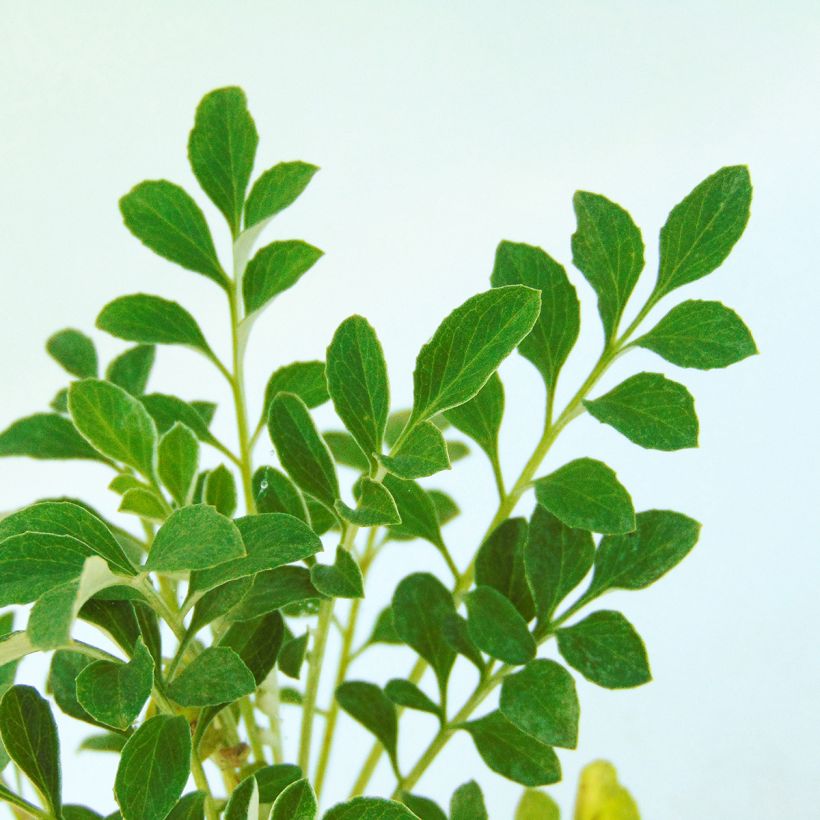

Flowering
Foliage
Plant habit
Botanical data
Centaurea
bella
Asteraceae
Knapweed
Caucasus
Other Centaurea
View all →Planting and care
Plant Centaurea bella in any porous, even rocky and dry soil in summer. It especially appreciates very well-drained soil. A limestone or neutral soil will be suitable. Excess moisture in winter can greatly harm it by causing root rot. A gravel-rich soil yields good results. This plant requires a very sunny, even scorching exposure. It does not like to be moved, as it has an extensive and deep root system, and for this reason, its planting location must be carefully chosen. Prune the plant after flowering, as soon as it is no longer decorative.
Planting period
Intended location
Care
Planting & care advice
-
, onOrder confirmed
Reply from on Promesse de fleurs
Similar products
Haven't found what you were looking for?
Hardiness is the lowest winter temperature a plant can endure without suffering serious damage or even dying. However, hardiness is affected by location (a sheltered area, such as a patio), protection (winter cover) and soil type (hardiness is improved by well-drained soil).

Photo Sharing Terms & Conditions
In order to encourage gardeners to interact and share their experiences, Promesse de fleurs offers various media enabling content to be uploaded onto its Site - in particular via the ‘Photo sharing’ module.
The User agrees to refrain from:
- Posting any content that is illegal, prejudicial, insulting, racist, inciteful to hatred, revisionist, contrary to public decency, that infringes on privacy or on the privacy rights of third parties, in particular the publicity rights of persons and goods, intellectual property rights, or the right to privacy.
- Submitting content on behalf of a third party;
- Impersonate the identity of a third party and/or publish any personal information about a third party;
In general, the User undertakes to refrain from any unethical behaviour.
All Content (in particular text, comments, files, images, photos, videos, creative works, etc.), which may be subject to property or intellectual property rights, image or other private rights, shall remain the property of the User, subject to the limited rights granted by the terms of the licence granted by Promesse de fleurs as stated below. Users are at liberty to publish or not to publish such Content on the Site, notably via the ‘Photo Sharing’ facility, and accept that this Content shall be made public and freely accessible, notably on the Internet.
Users further acknowledge, undertake to have ,and guarantee that they hold all necessary rights and permissions to publish such material on the Site, in particular with regard to the legislation in force pertaining to any privacy, property, intellectual property, image, or contractual rights, or rights of any other nature. By publishing such Content on the Site, Users acknowledge accepting full liability as publishers of the Content within the meaning of the law, and grant Promesse de fleurs, free of charge, an inclusive, worldwide licence for the said Content for the entire duration of its publication, including all reproduction, representation, up/downloading, displaying, performing, transmission, and storage rights.
Users also grant permission for their name to be linked to the Content and accept that this link may not always be made available.
By engaging in posting material, Users consent to their Content becoming automatically accessible on the Internet, in particular on other sites and/or blogs and/or web pages of the Promesse de fleurs site, including in particular social pages and the Promesse de fleurs catalogue.
Users may secure the removal of entrusted content free of charge by issuing a simple request via our contact form.
The flowering period indicated on our website applies to countries and regions located in USDA zone 8 (France, the United Kingdom, Ireland, the Netherlands, etc.)
It will vary according to where you live:
- In zones 9 to 10 (Italy, Spain, Greece, etc.), flowering will occur about 2 to 4 weeks earlier.
- In zones 6 to 7 (Germany, Poland, Slovenia, and lower mountainous regions), flowering will be delayed by 2 to 3 weeks.
- In zone 5 (Central Europe, Scandinavia), blooming will be delayed by 3 to 5 weeks.
In temperate climates, pruning of spring-flowering shrubs (forsythia, spireas, etc.) should be done just after flowering.
Pruning of summer-flowering shrubs (Indian Lilac, Perovskia, etc.) can be done in winter or spring.
In cold regions as well as with frost-sensitive plants, avoid pruning too early when severe frosts may still occur.
The planting period indicated on our website applies to countries and regions located in USDA zone 8 (France, United Kingdom, Ireland, Netherlands).
It will vary according to where you live:
- In Mediterranean zones (Marseille, Madrid, Milan, etc.), autumn and winter are the best planting periods.
- In continental zones (Strasbourg, Munich, Vienna, etc.), delay planting by 2 to 3 weeks in spring and bring it forward by 2 to 4 weeks in autumn.
- In mountainous regions (the Alps, Pyrenees, Carpathians, etc.), it is best to plant in late spring (May-June) or late summer (August-September).
The harvesting period indicated on our website applies to countries and regions in USDA zone 8 (France, England, Ireland, the Netherlands).
In colder areas (Scandinavia, Poland, Austria...) fruit and vegetable harvests are likely to be delayed by 3-4 weeks.
In warmer areas (Italy, Spain, Greece, etc.), harvesting will probably take place earlier, depending on weather conditions.
The sowing periods indicated on our website apply to countries and regions within USDA Zone 8 (France, UK, Ireland, Netherlands).
In colder areas (Scandinavia, Poland, Austria...), delay any outdoor sowing by 3-4 weeks, or sow under glass.
In warmer climes (Italy, Spain, Greece, etc.), bring outdoor sowing forward by a few weeks.































